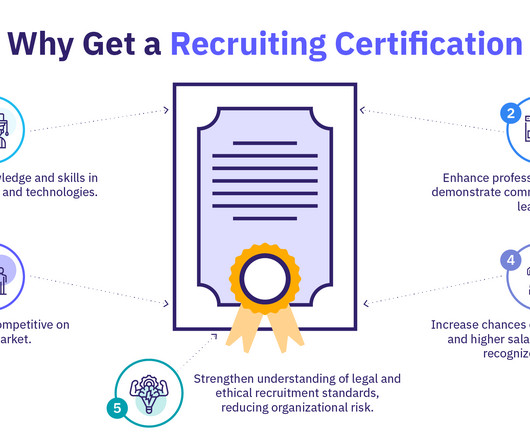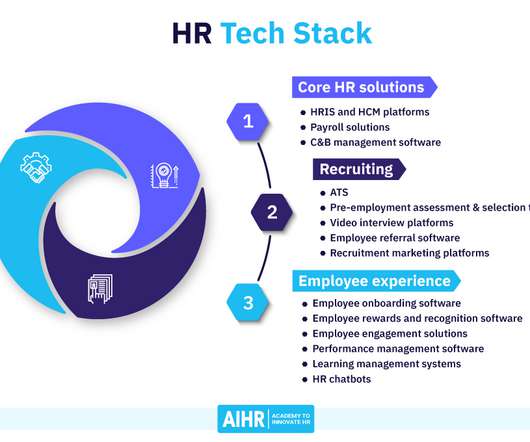Talent Acquisition vs. Recruitment: The Differences and HR’s Key Role
Analytics in HR
APRIL 4, 2023
Talent acquisition also helps in saving time and money. Creating brand awareness for the company as an ideal workplace to attract high-quality candidates that match the company’s vision and values Recruitment marketing. Hiring unsuitable candidates can lead to poor performance and employee turnover.
























Let's personalize your content